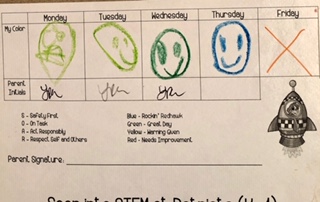Grade Inflation is common among students. According to the National Assessment of Educational Progress, students’ scores in reading and math have declined. However, this does not coincide with an increase in student GPAs.
The inflation of grades gives students and parents a false impression of the depth of the student’s knowledge of content and skills. Inflated grades do not show a student’s strengths and weaknesses. Thus, students are not accountable for their work. They tell the students they do not need to work hard to achieve good grades.
Grade Inflation – Help or Not
According to Forbes, a report from Brown University indicates that ‘students appear to learn more from teachers who are tough graders.’ Grades given to students and parents measure the student’s learning and understanding. Students should understand what and why they are learning. Once they understand the teaching, they can build on it and apply it to future knowledge. Through their knowledge, students can better communicate with others.
Through inflating grades, students have no incentive to study. Although higher grades may boost a student’s confidence, there are long-term effects. Generally, it hinders a student’s learning.
- Diminished learning occurs with struggling students.
- Students are not motivated to further their knowledge.
- Academic knowledge and skills can not be demonstrated accurately.
- Student abilities are inflated leading to poor choices for future goals.
- More rigorous work becomes a struggle.
Educators must focus on feedback that moves students’ learning toward more understanding and thinking.
Updated Grading Systems
The traditional grading systems must foster high-level thinking skills in students. They should encourage students to become lifelong learners. Grades are essential to convey learning. Grading systems do not always reflect the progress of students They can confuse a student’s abilities.
Traditional systems of letter grades do not give the true value of a student’s strengths and weaknesses. They leave no room for academic growth. They emphasize memorization and the recollection of facts. Some grades tend to be biased toward student behavior or participation in the classroom. This causes an unfair system for some students. A system that offers a better picture of the learning with specific feedback is required.



